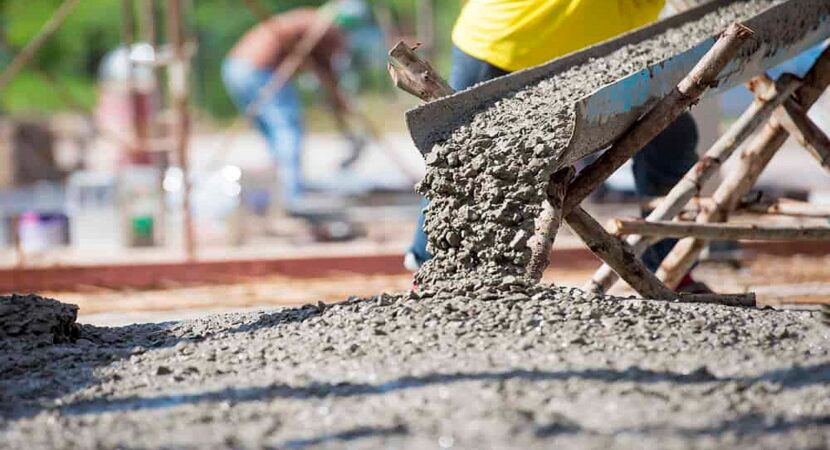
Thinking about reducing CO2 emissions, Japanese researchers develop an innovative solution for civil construction, creating concrete without using cement
Researchers from the Institute of Industrial Science at the University of Tokyo, Japan, directly bonded sand particles through a simple reaction in alcohol, in the presence of a catalyst, thus creating a new innovative method of producing concrete without using cement. Without a doubt, if this Japanese project leaves the laboratory and goes to the industrial sector, it will not only revolutionize the civil construction sector, but it will also be a way to drastically reduce CO2 emissions, which are released during cement production.
Read also
The effects on cement production and the new change in the Japanese market
The most commonly used material in civil construction worldwide is concrete, which is a mixture of aggregates (gravel and sand), water and cement.
Cement is produced by burning clay and limestone in a blast furnace. Soon after, they are crushed and mixed, going through a cooking process, turning into a powder. This powder, after being cooled, is called clinker. In this cooking process, for each kilogram, 0,7 kg of CO2 are emitted, polluting the atmosphere.
Understand how Japanese cementless concrete works
To find the compound that would unite the grains of sand in concrete without the need for cement, Yuya Sakai and Ahmad Farahani, scientists from Japan, had to carry out a lengthy and patient process of alchemy. The ideal substitute used by the scientists was tetraalkoxysilane, which is capable of inducing a process called sol-gel transition.
According to Sakai, the researchers can produce, from sand, tetraalkoxysilane, through a reaction with alcohol and a catalyst through the removal of water. The Japanese researchers, as a test, placed a glass made of copper foil inside a reactor with alcohol, sand, and the tretraalkoxysilane.
According to the researchers, getting a product that has a high strength to function like concrete mainly involved finding the right proportion of components.
Building construction in the sustainable industry
A trend that has given the talk has been the famous green constructions, which aim in civil construction to bring sustainability, preserving environmental resources and reducing operating costs.
In this scenario, civil construction projects that use wood, for example, must have actions aimed at reforestation processes. Green buildings are increasingly gaining space, and guarantee a faster return on investment than common civil construction, and, over time, are estimated to be increasingly sought after.










Air Force F-16 fighters…
True friend, what they shot down were…
Air Force F-16 fighters…
I would like to know what planet you live on…
Air Force F-16 fighters…
Everything is fine, 100-year secrecy,…
Air Force F-16 fighters…
Well... It's flying scrap... Typical...
Air Force F-16 fighters…
Which genocide are you talking about? Than…
These little people... That's why transport...
I hope that the tactic of increasing…
Finally, the solution we were waiting for…
Call me and I'll come and fix another 10 more
If it is released in Brazil I will buy it…
How to apply?
Another furafila
I'm a driver, I work in the logistics sector...